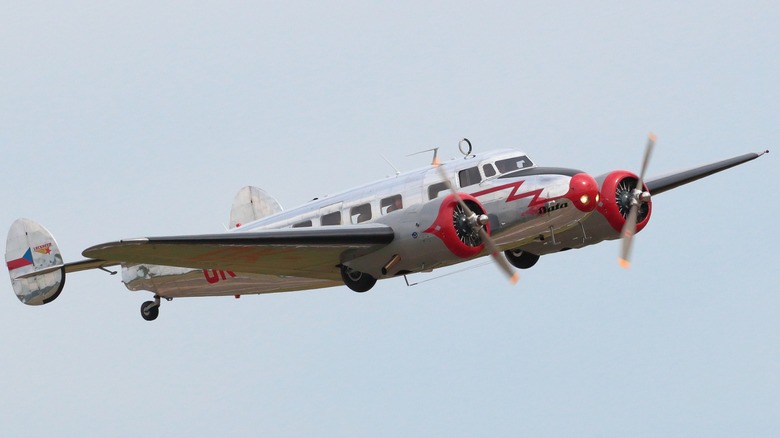Why Did Lockheed Martin Stop Making Commercial Planes?
When people think of Lockheed Martin, they're not thinking of passenger planes; they're thinking about the multi-national F-35 Lightning II, F-22 Raptor, or missiles and NASA contracts. In terms of revenue, Lockheed Martin is the world's largest defense contractor and among the most advanced hardware companies globally. So, if you think it has no business making passenger planes, you're right. Since its founding in 1995, Lockheed Martin has focused almost entirely on defense, aerospace, space exploration, and advanced technologies.
However, before Lockheed Martin existed, the Lockheed Corporation existed, which was about 69 years old when it merged with Martin Marietta. That company built some of the most recognizable commercial planes of their era. These are the Model 10 Electra, one of which was famously used by Amelia Earhart, and the sleek, triple-tailed Constellation for 1940s and 1950s transatlantic travel. Lockheed also produced the L-188 Electra, one of the first American turboprop airliners, and later the L-1011 TriStar, a technologically advanced wide-body jet introduced in the 1970s.
It was this L-1011 TriStar that took Lockheed out of the commercial plane industry. Despite being ahead of its time, with features like an automated landing system and quieter engines, the program was plagued by delays and overruns tied to its sole engine supplier, Rolls-Royce, which went bankrupt during development. Sales never reached the levels needed to recoup Lockheed's massive investment, and the losses crippled its commercial division. By the mid-1980s, Lockheed officially exited the airliner business, choosing to focus entirely on military aircraft, space systems, and defense contracts.
A quick look at all the commercial airliners from Lockheed
Lockheed's story in passenger aviation began small but ambitious with the Model 10 Electra in 1934. Built of all metal and designed for just 10 passengers, it could cruise near 190 mph, which was quite the feat in a time when many planes were made from wood and fabric. Amelia Earhart's ill-fated attempt to circumnavigate the globe in a modified Electra gave the plane a fame far beyond its production run of 149 units. Next, the company aimed much higher with the Constellation (aka "Connie"), a triple-tailed giant that made its maiden flight in 1943.
Thanks to its pressurized cabins, this plane could soar above weather at 20,000 feet, carrying 62 to 95 passengers across the Atlantic at a top speed of over 300 mph. The later Super Constellation stretched its range to more than 4,000 miles, making nonstop New York-London flights possible. With over 850 built, the "Connie" became Lockheed's most successful commercial aircraft. By the 1950s, jet competition loomed, and Lockheed bet on the hybrid L-188 Electra, America's first large turboprop.
Seating 98 passengers and cruising at nearly 375 mph, this plane's main promises were speed and fuel efficiency. However, early structural failures marred its reputation, capping production at 170 units even though its military derivative, the P-3 Orion, became a legend. Lockheed's final gamble came in 1970 with the L-1011 TriStar, a wide-body trijet packed with cutting-edge tech. It became the world's first certified autoland and autopilot system, had advanced cabin pressurization, and Rolls-Royce RB211 engines that were quieter than its rivals. Yet delays, high costs, and tough competition kept sales to just 250 units.

